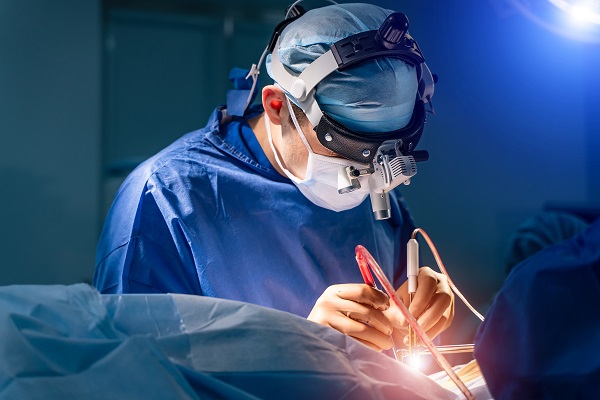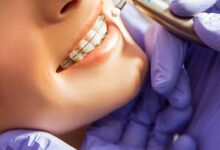
Understanding Cervical Spine Surgery and Neurosurgical Interventions
Injuries are common occurrences in physically active individuals. However, other groups of people may sometimes be injured due to accidents, slips, falls, etc. The cervical spine injury is one of the fatal injuries one can experience.
The cervical spine, a crucial component of the human skeletal system, comprises the first seven vertebrae of the spinal column. This region provides structural support to the head and facilitates a wide range of movements, including rotation, flexion, and extension. However, injuries to the cervical spine can occur due to various factors, necessitating surgical intervention to restore function and alleviate symptoms.
In this article, we shall understand neurosurgical interventions and their importance, so continue reading.
Table of Contents
Significance Of Cervical Spine Surgery
Cervical spine surgery plays a pivotal role in addressing debilitating symptoms, restoring spinal stability, decompressing neural structures, and preventing further neurological deterioration. Conservative treatment modalities such as medication, physical therapy, or epidural injections may provide temporary relief for mild to moderate cervical spine conditions.
Surgical intervention may be necessary in cases where conservative measures fail to yield satisfactory outcomes or when there is evidence of progressive neurological compromise.
Neurosurgical Procedures For Cervical Spine Disorders
Anterior Cervical Discectomy and Fusion (ACDF)
This commonly performed surgical procedure involves accessing the cervical spine through the neck’s anterior (front) aspect. The surgeon removes the damaged intervertebral disc and decompresses neural structures. Then, they stabilize the affected spinal segment using bone grafts and specialized implants, such as metal plates or screws. Fusion of the adjacent vertebrae promotes spinal stability and alleviates symptoms associated with disc herniation or degenerative disc disease.
Posterior Cervical Decompression
In cases where the spinal cord or nerve compression occurs posteriorly, surgeons from Adelaide Neurosurgery Center may opt for posterior cervical decompression procedures. These techniques involve removing pathological structures, such as laminae, spinous processes, or hypertrophic ligamentum flavum, to alleviate pressure on the spinal cord or nerve roots. Posterior cervical decompression procedures are often indicated for conditions such as cervical spinal stenosis or ossification of the posterior longitudinal ligament (OPLL).
Cervical Disc Replacement
Unlike traditional fusion techniques, cervical disc replacement surgeries aim to preserve motion and flexibility within the cervical spine. During this procedure, surgeons excise the diseased intervertebral disc and implant an artificial disc prosthesis in its place. Cervical disc replacement offers several advantages over fusion, including preserving adjacent segment motion, reduced risk of adjacent segment degeneration, and potentially faster postoperative recovery.
Laminectomy
Laminectomy, also known as decompressive laminectomy, involves the removal of the lamina (the bony posterior arch of the vertebra) to create additional space within the spinal canal. This surgical technique is employed to alleviate neural compression caused by conditions such as cervical spinal stenosis, herniated discs, or spinal tumors. Laminectomy helps relieve pressure on the spinal cord and nerve roots by enlarging the spinal canal, thereby reducing pain and neurological deficits.
Conclusion
Cervical spine surgery and neurosurgical interventions are crucial in managing cervical spine disorders. Surgical procedures can alleviate pain, improve neurological function, and enhance the overall quality of life for affected individuals by addressing underlying pathology, decompressing neural structures, and restoring spinal stability. However, you should carefully consider the decision to undergo cervical spine surgery in consultation with a multidisciplinary team of healthcare professionals.








